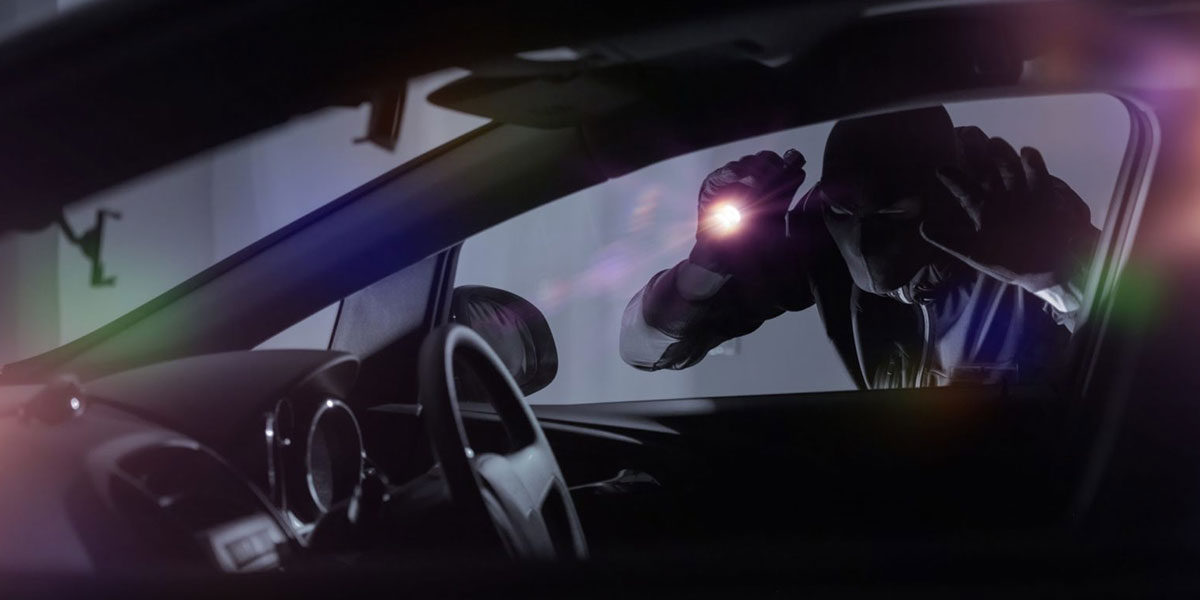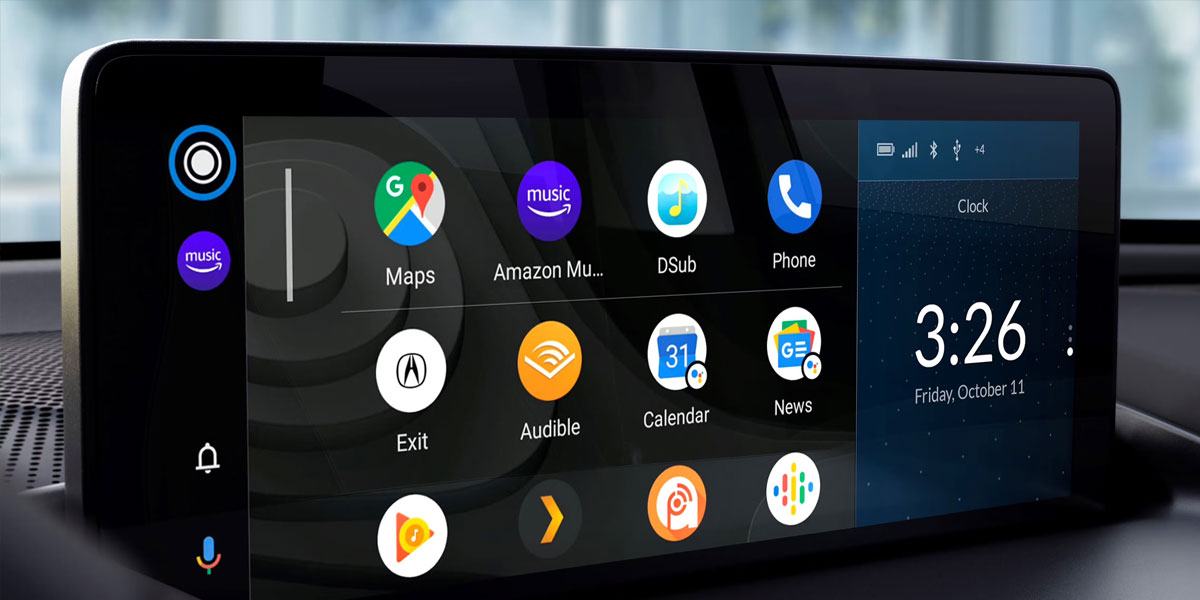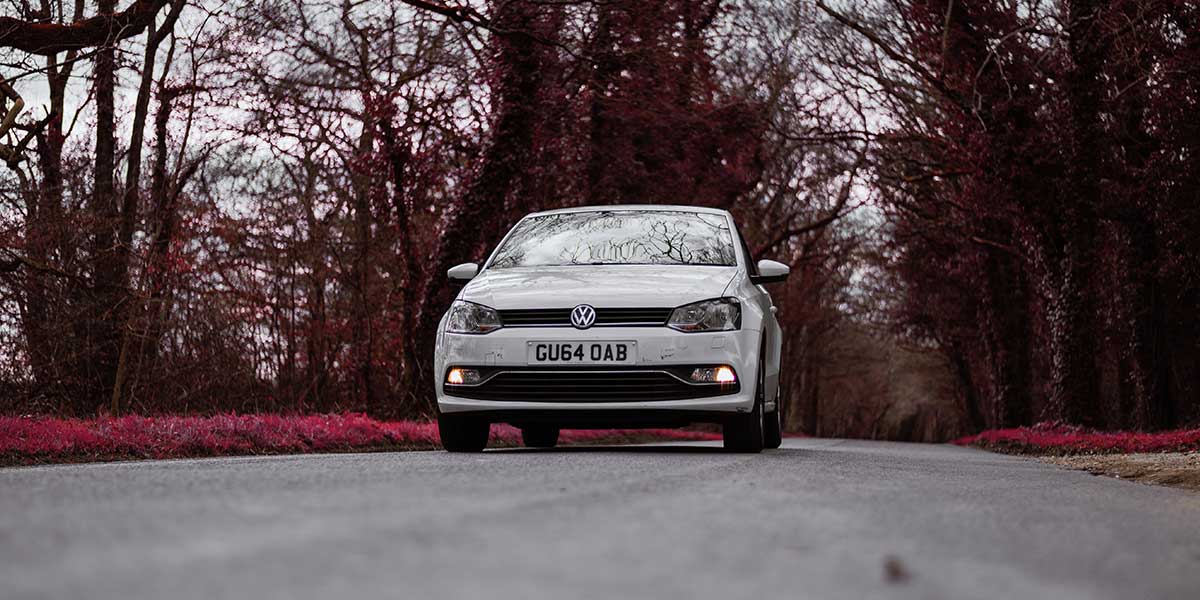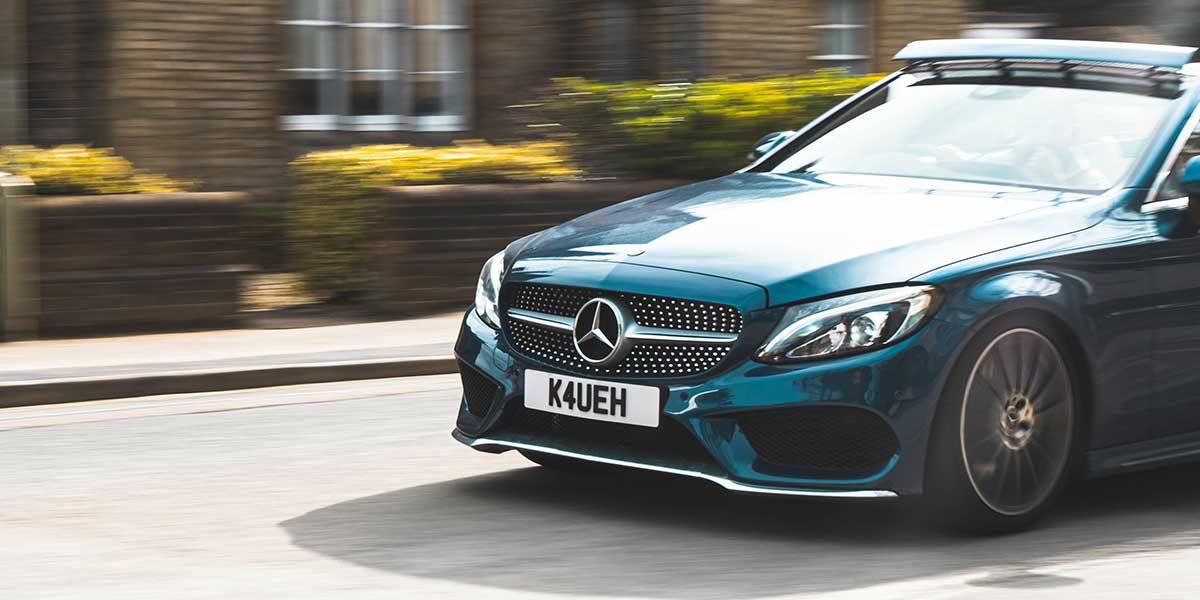Keyless car theft is on the up. According to insurance company Aviva, between August 2020 and August 2022, customers with keyless cars were significantly more likely to make a car theft claim than those with standard vehicular locks.
As technology becomes more sophisticated, so do thieves. However, there are ways of safeguarding your vehicle against the risk of keyless car theft – and these are the best ways to do so.
What is keyless technology?
If you’re still using bog-standard car keys, you may not even be familiar with keyless technology. Designed to take the faff out of the search for car keys, keyless technology works through the transmission of short-range radio waves.
Drivers of keyless cars will have a fob that communicates with the vehicle via a series of codes. These codes indicate to the car that the driver is within range, and they can then start the ignition without having to put the key in.
What is keyless car theft?
Keyless technology is designed to make life more convenient for drivers, but unfortunately, criminals have wised up to the game.
Thieves will deploy technology in a ‘relay attack’, which mimics the signals and communication between the keyless fob and keyless car. Footage from front-door or doorbell security cameras has revealed how thieves will approach houses and lurk outside the front door. As keyless fobs are often kept within short range of the front door, this allows the criminals to capture the signals from the fob and direct them to the car. The car is then unlocked, allowing thieves to get in and drive away – all in as little as 60 seconds.
If your car still relies on traditional car keys, then you are not at risk of keyless car theft.
Protecting your car from keyless car theft – 5 tips
1. Choose cars with more sophisticated security
Data from Thatcham Research indicates that certain vehicles are less vulnerable to keyless car theft as a result of improved security features. Land Rover, in particular, was noted as a highly secure brand as a result of their ultra-wide-band radio technology, which prevents thieves from tracing the codes they need to commit the crime.
They highlighted four particular models as examples of vehicles that ranked ‘poor’ for security and are therefore at higher risk of keyless car theft, including cars made by Mazda and Vauxhall.
2. Choose key fobs with motion sensor
Car manufacturers like Ford have begun to fit keyless fobs with motion sensors. These sense when the fob has been stationary in place for a time, which deactivates the signal needed to start the car, meaning it won’t respond to relay attack. Once the car owner picks up the fob, full functionality is restored.
If you own a keyless vehicle and your fob doesn’t have motion sensor installed, you should investigate whether it’s possible to do so, to add an extra layer of protection against theft.
3. Deploy traditional security measures
Wheel clamps and locks for your steering wheel, gearstick and handbrake all great visual deterrents against keyless car theft. It’s probably also sensible to invest in a tracker system, which will help to track your car should it be stolen.
On a more basic level, always take care to lock your car – no matter how quick you think you’ll be.
4. Take care with your key fob
Get into the habit of turning your key fob off completely overnight. You can check manufacturer guidance for how to do so. When the fob is off, it won’t respond to any signals sent by thieves.
Be careful where you store your fob in the house. Keep it away from doors and windows, and, if possible, at some distance away from the front and back doors in particular. If the fob is beyond reach of the relay attacks of thieves, it can’t pick up their signal.
You can also store your fob in a faraday pouch. The metal lining of these pouches blocks any signal from reaching the fob, thereby deterring thieves from keyless car theft.
5. Remove valuables from the vehicle and be sensible about parked location
Practising basic security measures, like removing all valuables overnight and parking in well-lit areas, will ensure that thieves don’t have extra incentive.
Upgrade to a more secure vehicle with My Car Credit
If you’re looking to upgrade your current car make and model and have questions about your car finance eligibility, find out how My Car Credit can help by emailing us at enquiries@mycarcredit.co.uk.
Rates from 9.9% APR. Representative APR 10.9%
Evolution Funding Ltd T/A My Car Credit
Require more help?
Got a question you can’t find the answer to, or need some advice and guidance around taking out car finance? Our Car Credit Specialists are friendly, experienced, and here to help so get in touch today!












